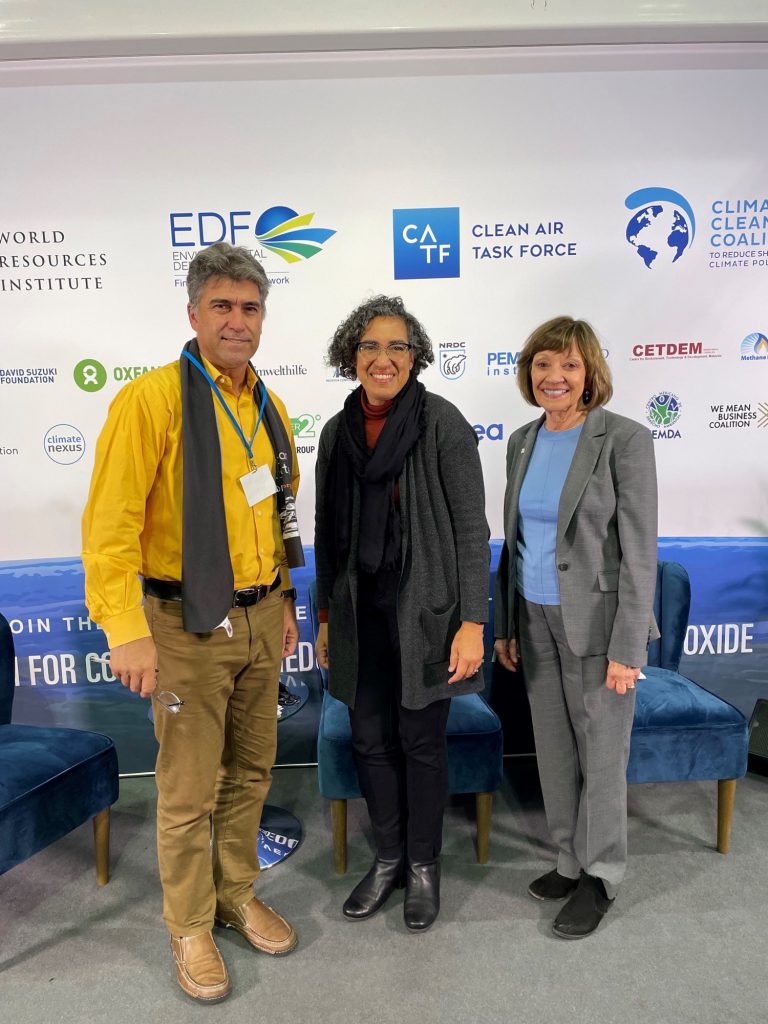By Lorena Anderson, UC Merced
Just because there has been rain lately doesn’t mean California is drought-free.
A new $1.5 million research grant from the California Department of Food and Agriculture is supporting School of Engineering Professor Josué Medellín-Azuara, collaborating engineering professors Joshua Viers and John Abatzoglou, and engineering and policy expert Alvar Escriva-Bou from the Public Policy Institute of California (PPIC) in developing economic analysis and decision support tools for agriculture during droughts.
“In every drought in modern times, California has seized opportunities to build the institutional infrastructure and technical tools to be better prepared for the next drought,” Medellín-Azuara said. “This research will contribute to close the shared water-systems-management gaps between California’s prominent and highly adaptive agriculture and our rural communities to increase climate resilience.”
Recent California climate extremes have included among the most severe multi-year droughts on record, highlighting rapidly changing conditions that affect water supplies for agriculture and the state’s growing population. Incremental water management and institutional learning at all levels have provided building blocks to better manage water shortages.
But California is the largest agricultural producer in the nation, generating more than $50 billion in commodity gross revenue in 2019. Farms underpin the economy of much of rural California, and the state’s nearly 70,000 farmers and ranchers produce more than 400 agricultural commodities, according to the state’s budget report.
Agriculture is threatened by the effects of climate change, including extreme climate events such as droughts and floods, increases in pests and stressed ecosystems. The COVID-19 pandemic and emerging drought conditions have disrupted the food supply chain and created additional challenges for the agricultural sector. To address these challenges, farmers and ranchers continue to innovate by adopting agile technology, expanding in local and global markets, and developing sustainable, climate-smart agricultural practices, the state said.
At the same time, communities connected to agriculture share, to varying extents, multi-year drought impacts such as water shortages and high temperatures and their lingering effects, including dry wells, increased fire risk, and degraded air and water quality.
Some promising avenues point to flexible allocation schemes, managed aquifer recharge, coordinated operation of surface and water reserves and conveyance, and institutional reforms such as the 2014 Sustainable Groundwater Management Act (SGMA) to preserve the state’s most valuable buffer during droughts.
The researchers will enhance cloud-based collaborative modeling tools to assess drought impacts and promising adaptations. This will facilitate collaboration among agencies, academics and other stakeholders to identify drought vulnerabilities, and provide policy recommendations for ongoing and future droughts.
“Our goal is to advance state-level drought early-warning systems to give decision-makers opportunities to mitigate drought impacts,” Abatzoglou said. “It wasn’t a question of if there will be another multi-year drought like the San Joaquin Valley endured in 2012-2016, it was a matter of when — and here we are. Our goals are to use data and decisions to improve drought outcomes for these events.”
Policy and decision makers will be able to better understand the impacts of drought — with distributional effects — on disadvantaged communities and the potential for dry wells.
“By developing tools to understand the consequences of our management actions, we will be able to inform policy decisions to improve socio-economic outcomes, and to avoid undesirable consequences on vulnerable communities,” Escriva-Bou said.
Besides the economic assessment of drought impacts, the team also plans to analyze agricultural water costs, produce a series of reports including forecasts and technical and policy recommendations, and engage with scientific and stakeholder partners through a variety of channels including workshops.
“California is fundamentally challenged by increasing variability in precipitation. Being able to manage this water for all Californians requires that we develop drought management tools that allow everyone to understand the consequences of certain actions, as well as to gain insight into potential remedies,” Viers said. “This investment by CDFA is to create the digital infrastructure needed for better decision making in a water-scarce world.”
Link to item on UC Merced web site









